- myFICO® Forums
- Types of Credit
- Credit Cards
- Mobile Wallet Purchases - Credit cards
- Subscribe to RSS Feed
- Mark Topic as New
- Mark Topic as Read
- Float this Topic for Current User
- Bookmark
- Subscribe
- Mute
- Printer Friendly Page
Mobile Wallet Purchases - Credit cards
Is your credit card giving you the perks you want?
Browse credit cards from a variety of issuers to see if there's a better card for you.
- Mark as New
- Bookmark
- Subscribe
- Mute
- Subscribe to RSS Feed
- Permalink
- Report Inappropriate Content
Re: Mobile Wallet Purchases - Credit cards
@K-in-Boston wrote:
@ptatohed wrote:
@Aim_High wrote:
@Anonymous wrote:The cards are rather different so the choice depends on your mobile wallet spend (and other cards you have). I think Kroger Rewards is capped at $3000 5% mobile wallet spend, with no AF. The AR has an effective annual fee of $75 and uncapped 4.5% mobile wallet, so if you a) travel, b) spend a lot on potential mobile wallet and c) don't have a set of cards offering 4.5+% on many of your purchases, the AR makes sense. If your purchases are much less, the KR might make sense
The difference between 4.5% and 5.0% on the first $3K is only $15. Personally, while I realize there are those who disagree, I just don't want to take optimizing rewards to the point where I've added lots of cards and complexity to my wallet and card strategy. So I would take the AR at 4.5% uncapped in this conversation, even with the effective $75 AF* over having to manage multiple Kroger accounts. Even for those with modest spend, $3K doesn't go very far these days.
(*That $75 AF can be further offset by $25/year if using the TSA Global Entry credit, so ... $50 effective AF. Plus you have no FTF, Priority Pass Airport lounge access, and Visa Infinite benefits to include primary rental car CDW, $500K Travel Accident Insurance, Trip Cancellation/Interruption/Delay, Lost Baggage. Plus shopping protections to include Purchase Protection, Return Protection, and Extended Warranty extensions.) See >USB AR Benefits Guide< and >Benefits Brochure with full terms<.
The issue I see here is, with the Kroger series of WE MC cards, 5% is truly 5% (cash, king). The USB AR is 'only' 4.5% (vs 3%) if redeemed for travel through their portal (and, really, less than 4.5% when you calc in the effective $75 AF). How do we know their portal is the lowest rate? And what if we just want cash and not travel? For me, the flexibility of true CB is immensely more powerful than being constrained to one portal's travel options.
That's not correct. Real Time Rewards also has the 1.5x multiplier for points redeemed on Altitude Reserve when making purchases directly with airlines, hotels, car rental agencies, and other travel purchases. It's not necessary to use the portal.
10-4!
5% CB rotating:
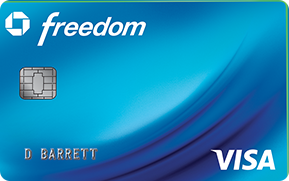

 ;
;Everyday 3% CB:
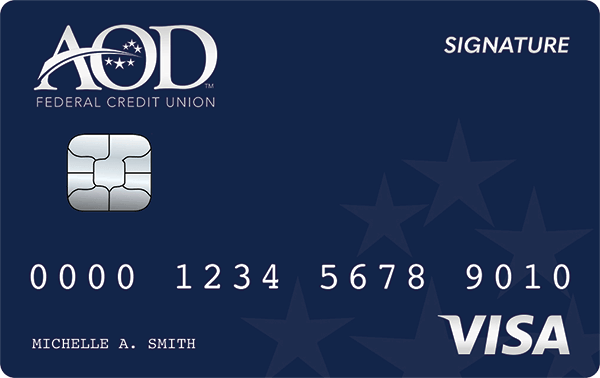 ;
;Everyday 5%:

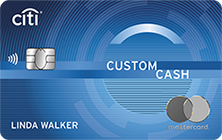




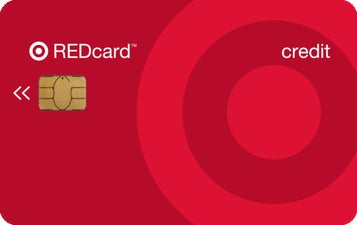 ;
;Companion Card:
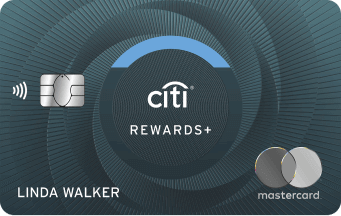 ;
;Everyday 2.2% CB:
 ;
;Retired to sock drawer after AOD (kept alive w/ 1 purchase every 6 mo):

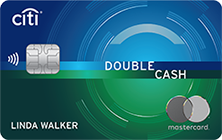
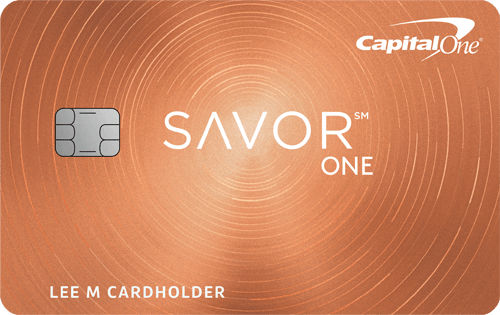 ;
;On my radar:
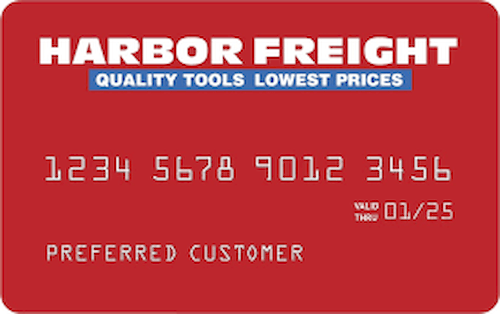
 ;
;Still Waiting for an Invite:
 ;
;No hope:
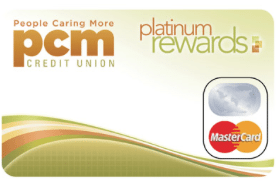
- Mark as New
- Bookmark
- Subscribe
- Mute
- Subscribe to RSS Feed
- Permalink
- Report Inappropriate Content
Re: Mobile Wallet Purchases - Credit cards
I never used the AR portal to book flights while some users previously reported that they got 1X only via portal. So, they should mention "use the portal at your own risk" ![]()
 Fico8: EX~EQ~TU~840 (12 month goal~850).
Fico8: EX~EQ~TU~840 (12 month goal~850).BOA (CCR, UCR), Chase (CFF, CSP, Amazon, CIC, CIU), US Bank (Cash+, AR, Go, Ralphs), Discover, Citi (CCC, DC, SYW), Amex (BCP, HH, Biz Gold, BBC, BBP), Affinity CR, Cap1(Walmart), Barclays View.
- Mark as New
- Bookmark
- Subscribe
- Mute
- Subscribe to RSS Feed
- Permalink
- Report Inappropriate Content
Re: Mobile Wallet Purchases - Credit cards
Since I very rarely travel, maybe every several years or lover between trips, the AR seems like an unlikely card for me to acquire.
If anyone can score a second Kroger card, I'd love to know if that's possible. So far I only have one, but I'm gardening right now.



























Stats (updated: 5/7/2025):










- Mark as New
- Bookmark
- Subscribe
- Mute
- Subscribe to RSS Feed
- Permalink
- Report Inappropriate Content
Re: Mobile Wallet Purchases - Credit cards
@xenon3030 wrote:I never used the AR portal to book flights while some users previously reported that they got 1X only via portal. So, they should mention "use the portal at your own risk"
The major use of the portal would be for redemption rather than earning (unless you are using a mixure of points and cash) but RTR works well enough to make it easy to avoid the portal for that as @K-in-Boston says
- Mark as New
- Bookmark
- Subscribe
- Mute
- Subscribe to RSS Feed
- Permalink
- Report Inappropriate Content
Re: Mobile Wallet Purchases - Credit cards
@ptatohed wrote:
@Aim_High wrote:The difference between 4.5% and 5.0% on the first $3K is only $15. Personally, while I realize there are those who disagree, I just don't want to take optimizing rewards to the point where I've added lots of cards and complexity to my wallet and card strategy. So I would take the AR at 4.5% uncapped in this conversation, even with the effective $75 AF* over having to manage multiple Kroger accounts. Even for those with modest spend, $3K doesn't go very far these days.
(*That $75 AF can be further offset by $25/year if using the TSA Global Entry credit, so ... $50 effective AF. Plus you have no FTF, Priority Pass Airport lounge access, and Visa Infinite benefits to include primary rental car CDW, $500K Travel Accident Insurance, Trip Cancellation/Interruption/Delay, Lost Baggage. Plus shopping protections to include Purchase Protection, Return Protection, and Extended Warranty extensions.) See >USB AR Benefits Guide< and >Benefits Brochure with full terms<.
The issue I see here is, with the Kroger series of WE MC cards, 5% is truly 5% (cash, king). The USB AR is 'only' 4.5% (vs 3%) if redeemed for travel through their portal (and, really, less than 4.5% when you calc in the effective $75 AF). How do we know their portal is the lowest rate? And what if we just want cash and not travel? For me, the flexibility of true CB is immensely more powerful than being constrained to one portal's travel options.
= = = = = = = = = = = =
@CreditCobra wrote:
Since I very rarely travel, maybe every several years or lover between trips, the AR seems like an unlikely card for me to acquire.
If anyone can score a second Kroger card, I'd love to know if that's possible. So far I only have one, but I'm gardening right now.
As @K-in-Boston pointed out, the portal isn't necessary to use RTR since booking is possible directly outside of that and using points to cover the charges.
Beyond that, we're getting into the long-time My FICO discussion between cash-back purists and travel enthusiasts about which strategy is best. It depends on the perspective! Sure, if you don't/won't/can't travel, the AR isn't as good of a fit than a no-AF card with cash-back flexibility and a slightly higher return, even with an inconvenient spending cap. Of course, the cash-back method, especially to fully optimize, often will take more cards to do the job most effectively due to those spending caps.
True, the remainder AF does potentially put a drag on rewards. But as mentioned, the effective AF after the $300 travel credit and TSA Global Entry credit is just $50, if someone uses all the available credits. The cash-back enthusiast approach tends to disregard anything (perks) that isn't paying directly. Travel enthusiasts recognize there is a value (but a subjective one and dependent on lifestyle and usage) on the perks I mentioned above. Are they worth $50? Perhaps not. Perhaps more. Everyone must put their own price tag on them.
For example, according to this article from Car and Driver, a fair valuation of waiving a single day of Rental Car CDW is $15 +/-. So renting a car for about three days a year is enough to fully cover that additional $50. Plus, having primary CDW on Visa Infinite cards like the USB Altitude Reserve and Chase Sapphire Reserve keep cardholders from having to file a potential claim against their personal insurance which could raise their auto insurance premiums. In total, the savings could be worth much more than $15 a day. And that is just one example of a perk that could pay for itself, depending on how someone traveled or used the card. Personally, I find I rent cars at least three days a year, but some people don't ever rent cars. YMMV.
Another example is travel accident insurance. You can buy this separately if you wish, without a card benefit. >This article compared some of the best insurance companies for a sample 10-day international trip and found the premiums would be valued at about $50 to $100. Again, one trip per year would possibly cover the full premium ... and then some.
However, none of this helps if the cardholder never travels or would never use the benefits.






















Business Cards









Length of Credit > 40 years; Total Credit Limits >$936K
Top Lender TCL - Chase 156.4 - BofA 99.9 - CITI 96.5 - AMEX 95.0 - NFCU 80.0 - SYCH - 65.0
AoOA > 31 years (Jun 1993); AoYA (Oct 2024)
* Hover cursor over cards to see name & CL, or press & hold on mobile app.
- Mark as New
- Bookmark
- Subscribe
- Mute
- Subscribe to RSS Feed
- Permalink
- Report Inappropriate Content
Re: Mobile Wallet Purchases - Credit cards
@ptatohed wrote:
@K-in-Boston wrote:
@ptatohed wrote:
@Aim_High wrote:
@Anonymous wrote:The cards are rather different so the choice depends on your mobile wallet spend (and other cards you have). I think Kroger Rewards is capped at $3000 5% mobile wallet spend, with no AF. The AR has an effective annual fee of $75 and uncapped 4.5% mobile wallet, so if you a) travel, b) spend a lot on potential mobile wallet and c) don't have a set of cards offering 4.5+% on many of your purchases, the AR makes sense. If your purchases are much less, the KR might make sense
The difference between 4.5% and 5.0% on the first $3K is only $15. Personally, while I realize there are those who disagree, I just don't want to take optimizing rewards to the point where I've added lots of cards and complexity to my wallet and card strategy. So I would take the AR at 4.5% uncapped in this conversation, even with the effective $75 AF* over having to manage multiple Kroger accounts. Even for those with modest spend, $3K doesn't go very far these days.
(*That $75 AF can be further offset by $25/year if using the TSA Global Entry credit, so ... $50 effective AF. Plus you have no FTF, Priority Pass Airport lounge access, and Visa Infinite benefits to include primary rental car CDW, $500K Travel Accident Insurance, Trip Cancellation/Interruption/Delay, Lost Baggage. Plus shopping protections to include Purchase Protection, Return Protection, and Extended Warranty extensions.) See >USB AR Benefits Guide< and >Benefits Brochure with full terms<.
The issue I see here is, with the Kroger series of WE MC cards, 5% is truly 5% (cash, king). The USB AR is 'only' 4.5% (vs 3%) if redeemed for travel through their portal (and, really, less than 4.5% when you calc in the effective $75 AF). How do we know their portal is the lowest rate? And what if we just want cash and not travel? For me, the flexibility of true CB is immensely more powerful than being constrained to one portal's travel options.
That's not correct. Real Time Rewards also has the 1.5x multiplier for points redeemed on Altitude Reserve when making purchases directly with airlines, hotels, car rental agencies, and other travel purchases. It's not necessary to use the portal.
10-4!
I think your point still stands AR practically requires you to use it for travel otherwise the credits and redemptions are nearly worthless.
conversely getting 5-10 Kroger cards to make it an entire year at 5% digital wallet out of USB is a pretty big pita. If you have to get a ton of meager 3k/yr cards to cover your spend you are likely better off grabbing a bunch of specialty 5% category cards to begin with.




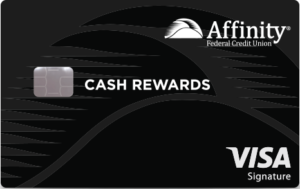
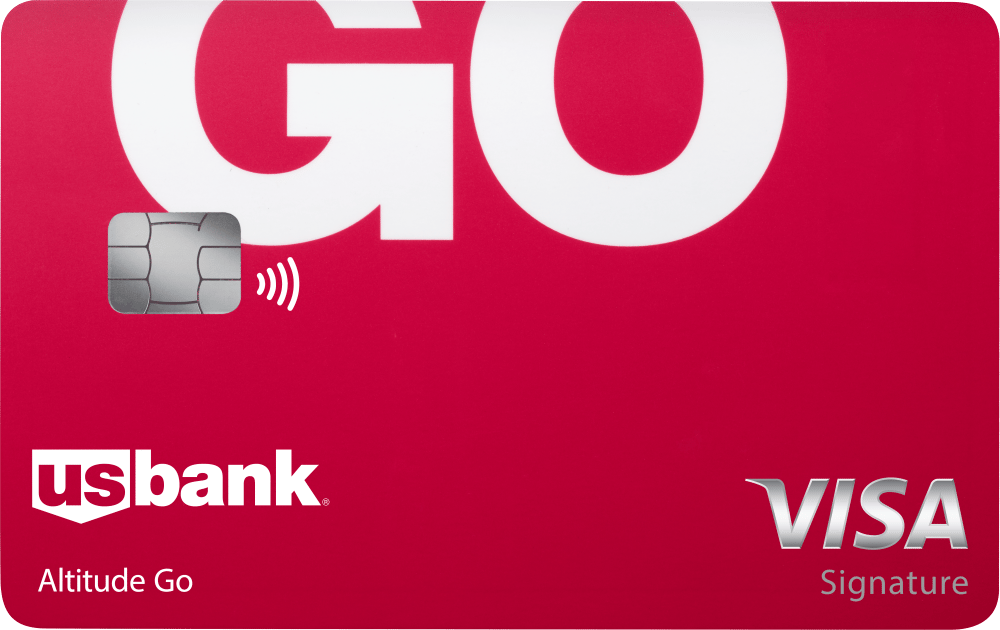
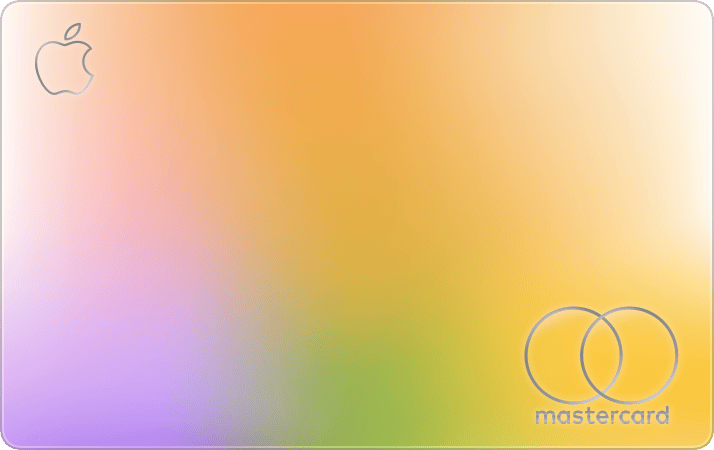



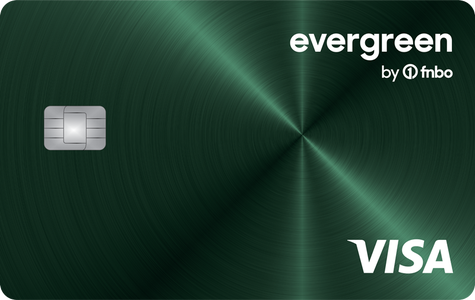

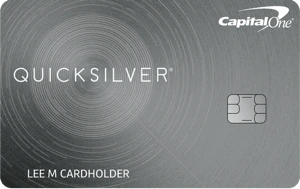
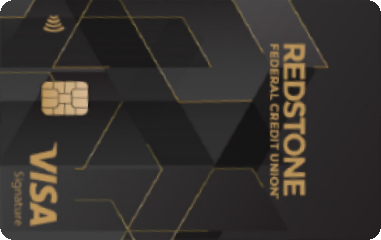
- Mark as New
- Bookmark
- Subscribe
- Mute
- Subscribe to RSS Feed
- Permalink
- Report Inappropriate Content
Re: Mobile Wallet Purchases - Credit cards
@Aim_High wrote:
However, none of this helps if the cardholder never travels or would never use the benefits.
Yes, it's sometimes hard here to remember the variety of life styles (or less, grandly, spending patterns and reward preferences)
For some, Uber Eats/Lyft etc credits are practically as good as cash, others find them useless. And at a higher level, people have different needs for gas or dining enhanced earnings.
As as my own weirdness, Chase amazon uncapped 5% on WholeFoods is hugely valuable, whereas for most here.....
- Mark as New
- Bookmark
- Subscribe
- Mute
- Subscribe to RSS Feed
- Permalink
- Report Inappropriate Content
Re: Mobile Wallet Purchases - Credit cards
@Beefy1212 wrote:I think your point still stands AR practically requires you to use it for travel otherwise the credits and redemptions are nearly worthless.
The $325 travel credit can also be used on dining. But yes, without travel redemptions, assuming you do the dining, then you are paying $75 for a 3% card which isn't that compelling.
- Mark as New
- Bookmark
- Subscribe
- Mute
- Subscribe to RSS Feed
- Permalink
- Report Inappropriate Content
Re: Mobile Wallet Purchases - Credit cards
@Beefy1212 wrote:I think your point still stands AR practically requires you to use it for travel otherwise the credits and redemptions are nearly worthless.
conversely getting 5-10 Kroger cards to make it an entire year at 5% digital wallet out of USB is a pretty big pita. If you have to get a ton of meager 3k/yr cards to cover your spend you are likely better off grabbing a bunch of specialty 5% category cards to begin with.
Well, I wouldn't say worthless, @Beefy1212 but the value comparison is definitely more competitive between the AR's travel versus the Kroger's cash-back, and less so if AR is used for cash value. Again, as my post above points out, the AR value may depend on how that card is used and the AF offsets afforded by not only the direct credits but also the value of the perks like Rental Car CDW, etc.
But I definitely agree with your second point that instead of getting a bunch of low-capped $3K Kroger cards for mobile wallet, focusing on cards with no/or less restrictive caps in the categories you spend the most is likely a better strategy. There is also an excellent option for essentially uncapped 2.5% cash back with few strings which could easily cover any miscellaneous spending. The Alliant Credit Union Visa Signature Card has just a few hoops to qualify for 2.5% cash back on up to $10K monthly, which is enough to satisfy most consumer budgets. No, it's not 5% but certainly easier to manage than a bunch of $3K cards. Then, combined with cards that earn 4% to 5% on highest spending categories, the aggregate results would likely be competitive to multiple Kroger cards while maintaining a more simple and easy-to-manage wallet.
This approach ties into my previous discussions about >The Pareto Principle and Law of Diminishing Returns<. See the link to read more. Sometimes, trying to eek out the final bit of rewards is simply not worth it, but where we all fall on that spectrum of simplicity versus rewards may vary.






















Business Cards









Length of Credit > 40 years; Total Credit Limits >$936K
Top Lender TCL - Chase 156.4 - BofA 99.9 - CITI 96.5 - AMEX 95.0 - NFCU 80.0 - SYCH - 65.0
AoOA > 31 years (Jun 1993); AoYA (Oct 2024)
* Hover cursor over cards to see name & CL, or press & hold on mobile app.
- Mark as New
- Bookmark
- Subscribe
- Mute
- Subscribe to RSS Feed
- Permalink
- Report Inappropriate Content
Re: Mobile Wallet Purchases - Credit cards
@Anonymous wrote:
@Beefy1212 wrote:I think your point still stands AR practically requires you to use it for travel otherwise the credits and redemptions are nearly worthless.
The $325 travel credit can also be used on dining. But yes, without travel redemptions, assuming you do the dining, then you are paying $75 for a 3% card which isn't that compelling.
Even if the dinning credit made it 0 AF it still 4.5% vs 5% on a dinning card IF they allow you to pay with digital wallet. Without actually using the travel credit while not the worst it is still losing money vs an actual dinning card.
Don't get me wrong if I was to get a travel card, the Reserve would be at the top of my list and likely turn into my main spender to me it has the most compelling points generation of any travel card. Without travel though there is frankly better options.













